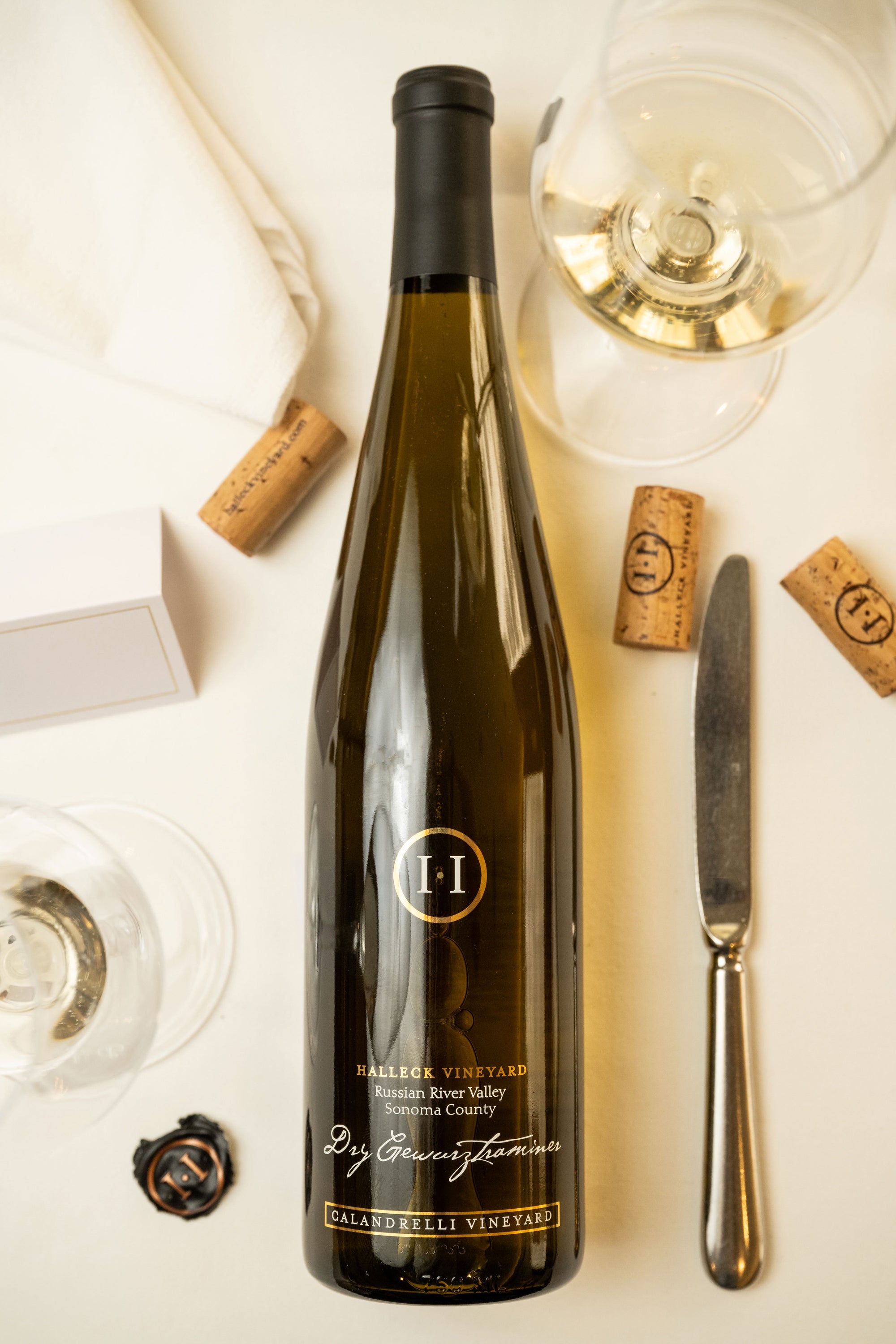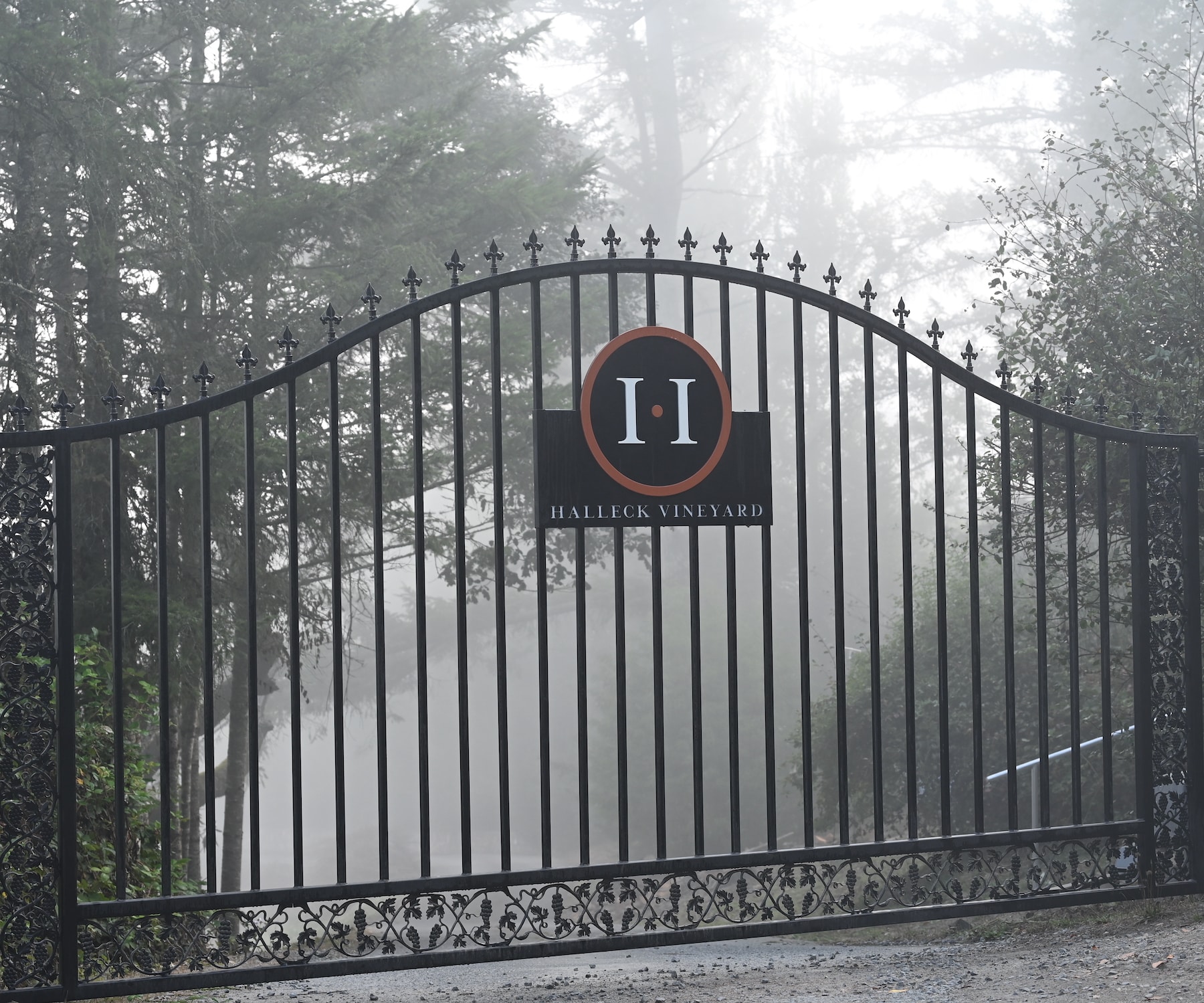Charming Wineries Offering Wine And Food Pairings - Exploring The Vineyards In Sonoma County
Charming Wineries Offering Wine And Food Pairings - Exploring The Vineyards In Sonoma County
Blog Article
Wineries Offering Charcuterie And Wine Pairings - Vineyards Near Sebastopol
Wine tasting is an art that requires practice and an understanding of assorted elements involved in the course of. One essential component of wine tasting is the event and interpretation of tasting notes, which serve as a guide for both novices and seasoned connoisseurs. A Guide To Understanding Winery Wine Tasting Notes can enhance your wine-tasting experience, making it more significant and gratifying.
Tasting notes are concise descriptions that seize the essence of a wine’s flavors, aromas, and general character. Normally composed by professional tasters, winery tasting notes provide insights into the nuances of varied wines. They may help wine enthusiasts understand what to expect from a selected bottle. However, tasting notes can differ extensively in style and element based on the writer's experience and palate.
Unique Wine Blending Experiences In Sonoma - Tasting Fine Wines In Sonoma County
When you first method a glass of wine, your senses will start to engage instantly. The sight, odor, and style of the wine will converge to offer you a whole experience. Tasting notes typically begin with the visible evaluation, where the color of the wine is taken into account. Shade plays a major position in indicating the wine’s age, grape selection, and even its flavor profile.
After assessing the visual side, the subsequent step involves swirling the wine in the glass. This action aerates the wine, permitting its aromas to awaken. Smelling the wine offers critical perception into its complexity. The initial sniff can ship a flood of scents that may embody fruity, floral, herbal, or earthy notes. This is commonly probably the most subjective a part of tasting, as individual experiences can dramatically differ.
In winery tasting notes, descriptors are sometimes categorized into major, secondary, and tertiary aromas. Main aromas normally stem from the grape variety, secondary aromas derive from fermentation processes, and tertiary aromas arise from getting older. Understanding these categories might help you recognize the depth of a wine, and they additionally give you the vocabulary to precise your experience higher.
Wineries That Host Harvest Festivals - Sebastopol Wine Country
Following the olfactory encounter, your focus will shift to the style of the wine. This is where the primary characteristics—sweetness, acidity, tannins, alcohol—come into play. Tasting notes usually detail these flavors in a number of dimensions, together with the initial assault in your palate to the lingering finish in your tongue. A high-quality wine will present a harmonious stability between these factors.
Whereas tasting, it's essential to contemplate the physique of the wine, which could be described as light, medium, or full. The physique contributes significantly to your total impression, serving to you consider how the wine pairs with food or whether it stands alone as a sipping wine. Balancing the physique with the other traits will give you a fuller understanding of what the wine has to offer.
The finish of the wine, additionally referred to as the aftertaste, is one other crucial aspect typically included in tasting notes. A long, nice finish often indicates a better quality wine, while a brief or cloying aftertaste might counsel otherwise. Evaluating the end can offer additional insight into the wine's complexity and distinction.
Understanding the context of winery tasting notes is also valuable. Tasting notes can present contextual information about the winery's location, local weather, and grape-growing practices. This context adds one other layer of appreciation for the wine, allowing enthusiasts to attach the sensory experience with its origins, thus enhancing the enjoyment further.
Wineries Located Near Russian River Valley - Sonoma Wine Tasting Spots
Many wineries provide tasting notes on their websites or labels, usually written in an approachable but informative style. However, not all winery tasting notes are created equal. Some could also be overly technical, whereas others may prioritize marketing aptitude over insightful evaluation. Learning to navigate these notes can arm you with the data to make knowledgeable choices when selecting wines.
Taking Part in tastings at wineries also can deepen your understanding of wine tasting notes. Interacting with knowledgeable workers may give you a more hands-on method to exploring totally different wines and the language used to describe them. Wineries Known For Their Hospitality. You Will have the opportunity to ask questions, engage in discussions, and doubtlessly refine your palate in actual time.
Experimentation is important for mastering wine tasting notes. As you sample completely different wines, attempt making your personal notes. Focus on describing the wine’s color, aroma, taste, and finish. Over time, you’ll develop a personal vocabulary that resonates with your sensory experiences. Each note you create will help refine your palate, permitting you to understand wines at a deeper level.
Wineries Hosting Seasonal Events - Vineyard Visits And Wine Tasting In Sonoma
In conclusion, a Guide To Understanding Winery Wine Tasting Notes offers a comprehensive framework for hop over to these guys diving into the world of wines. It equips you with the strategies and language necessary to articulate your experiences. Whether you're a informal drinker or a devoted aficionado, understanding and using tasting notes can profoundly influence your wine journey. This information not solely enhances your enjoyment but in addition connects you deeply with the rich narratives every bottle tells. By embracing this journey, you become part of the gorgeous mosaic of wine tradition, the place each sip unveils a model new story waiting to be discovered.
- Wine tasting notes sometimes encompass quite a lot of sensory descriptions, including aroma, flavor, acidity, body, and finish, permitting tasters to totally recognize the wine's traits.
- To enhance your understanding, familiarize yourself with common wine terminology similar to "tannins," "oakiness," or "terroir," which can help decipher the notes more effectively.
- A systematic approach to tasting involves first visually assessing the wine's color and clarity, followed by swirling to launch aromas, then inhaling and describing what you experience.
- Taking notes throughout tasting might help establish patterns over time, enhancing your palate and making it easier to recall preferences for future selections.
- Do Not overlook the affect of food pairings; tasting notes can differ tremendously when a wine is loved with complementary flavors, altering perception and enjoyment.
- Pay attention to the wine’s vintage, as climatic conditions in a given yr can significantly affect the final product, adding another layer to the tasting notes.
- Consider the winemaker's style and philosophy, which might form the wine's profile and influence how its notes evolve with each sip.
- Working Towards with different grape varieties can broaden your vocabulary; every sort brings unique traits that can improve your ability to articulate tasting notes successfully.
- Engaging with wine professionals or attending tasting events can present useful insights, providing a richer context for understanding personal tasting notes.
- Keep In Mind that tasting is subjective; individual preferences and experiences will form one’s interpretation of the same wine, enriching the general enjoyment of wine exploration.
What are wine tasting notes?
Wine tasting notes are descriptive comments made by tasters concerning the look, aroma, taste, and end of a wine. They present an overview of the wine's traits and may help consumers perceive the style and quality of the wine.
Best Pinot Noir Wineries In Sebastopol - Family-Owned Wineries In Sonoma
Why are tasting notes important when deciding on wine?
Tasting notes can guide you in selecting a wine that fits your palate. They present insights into flavors and aromas, helping you to match wines with food or occasions. Understanding these notes enhances your overall wine experience.
How ought to I read wine tasting notes?
(Wineries Focusing On Single Vineyard Wines)
Quaint Wineries In Picturesque Settings In Sebastopol - Top Sonoma Wineries To Visit

When reading wine tasting notes, take note of the structure: look for descriptions of shade, aroma, flavor, and finish. This will assist you to grasp the wine's profile and decide if it aligns with your preferences.
What terms generally appear in wine tasting notes?
Widespread phrases embody "tannin" (the structure), "acidity" (the crispness), "body" (the weight), and varied flavor descriptors like "fruity," "earthy," or "spicy." Familiarizing yourself with these terms can deepen your understanding of wine.
Upcoming Wine Festivals In Sonoma County - Top Wineries To Visit In Sebastopol

Can I create my very own tasting notes?
Yes! Writing your individual tasting notes can improve your wine tasting experience. Focus in your observations of taste, aroma, and other sensory characteristics. This personal practice can help you refine your palate over time.
How do I identify the aromas in wine tasting notes?
Wineries In Green Valley - Best Winery In Sonoma For Quality Wine
To determine aromas, practice smelling quite a lot of scents and associating them with wines. Swirl the wine in your glass to launch its aromas, then take a second to breathe in deeply earlier than figuring out any distinguished scents.

What is the distinction between professional and personal wine tasting notes?
Professional tasting notes may use more technical language and particular terminology, while personal tasting notes are subjective and mirror particular person experiences. Both are useful for understanding and having fun with wine, however personal notes may resonate extra along with your unique tastes.
How can tasting notes improve my wine appreciation?
Eco-Friendly Wineries In Sonoma County - Sebastopol Vineyard Experiences
Tasting notes can enhance your appreciation by helping you to know and articulate the complexities of wine. They encourage aware tasting and provide a framework for comparing different wines, leading to a richer enjoyment of the beverage.
Are there any apps or tools to help with wine tasting notes?
Sure, there are several apps designed to assist customers document and arrange their tasting notes. These tools often hop over to here offer options like flavor wheel guides and wine database searches, making it simpler to trace your journey via totally different wines. Report this page